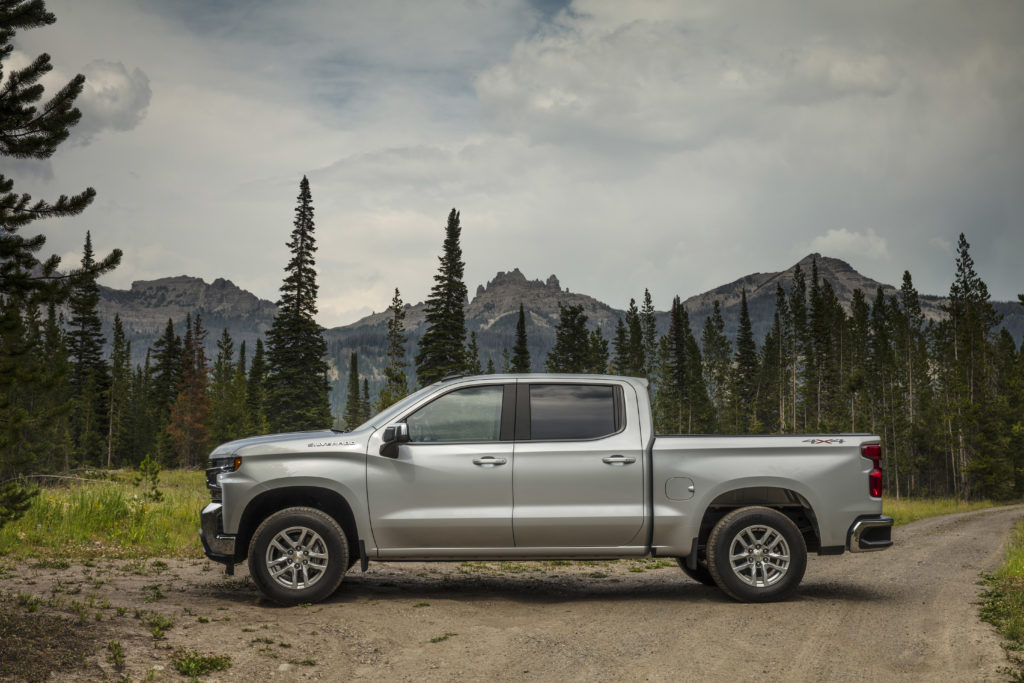
Repaired and replaced welded panels, manuals, flex additive: More tips from the DEG
By onAssociations | Business Practices | Education | Insurance | Market Trends | Repair Operations | Technology
The Database Enhancement Gateway, which allows repairers and insurers to make inquiries and suggestions of the estimating providers at no cost, offers weekly tips for repairers on the Audatex, Mitchell and CCC programs online and through the Society of Collision Repair Specialists’ email list.
If you haven’t used the free service before to submit questions about estimating collision repair work or just browse responses to other carrier and shop questions, check it out. It’s a good way to find information provider best practices and help write the most accurate estimates or appraisals possible.
Here’s our latest monthly roundup of areas spotlighted as tip-worthy by the DEG. To receive the tips as soon as the DEG releases them, like/follow the DEG’s Facebook and Twitter feeds. (It also posts videos to a YouTube channel once in a while.) Or just browse the approximately 17,000 inquiries and responses in the database and see what else you learn.
Audatex: Feather, prime and block and replaced and repaired welded panels
Audatex’s P-pages controversially declare feather, prime and block to be included in welded panel replacement times, but not included on welded panel repair times.
“Audatex recognizes that Feather/Prime/Block are required operations when replacing welded-on panels,” the Audatex Database Reference Manual states. “Time to perform this operation is included in the Audatex time for welded panel replacement in the seamed areas, to bring the panels to the condition of a new, undamaged panel for the purpose of refinish. Although the time is included, Audatex does not provide a material allowance for the Feather/Prime/Block process. If necessary, the determination and assessment for materials is best provided by the estimate preparer for consideration and allowance during the estimate preparation process.
“Feather, Prime & Block are required operations in the panel repair process.
“Audatex Estimating does not provide a labor time allowance for repaired panels, as the amount of time is subjective.”
A Database Enhancement Gateway user on July 13 asked about situations where you would need to replace and repair a welded-on panel.
The user pointed out that the Audatex DBRM’s labor exclusions also state: “Replace labor does not include additional labor to repair the replaced panel and or adjacent panels which may become distorted, burned or damaged by welding, drilling, grinding and straightening.”
The user said repair would follow replacement of a 2020 Lexus LS500 quarter panel.
“When replacing a welded panel, The replacement panel will now require REPAIR to installed panel at the rolled hem flange as well as the welded seam into the existing part of the vehicle,” the user wrote. “Is Prime and Block now considered an on the spot evaluation for ‘repaired areas’ on the replaced panel?”
Audatex said it depended on the repaired area.
“The Hem Flange is not considered the Welded Seam,” it wrote. “Therefore repairing any damage outside the welded seam is NOT INCLUDED with Audatex provided refinish values.”
Database Enhancement Gateway Administrator Danny Gredinberg highlighted the exchange in an Aug. 17 video tip.
“This is a really important consideration,” Gredinberg said. “… It appears that Audatex is defining that welded seam as the areas that you would commonly weld at the rocker or at the sail panel, the areas that would transition from one panel to another.”
Audatex might not consider installation damage around the wheelhouse or an overlapping area to a rear body panel or taillight pocket as part of the welded seam, according to Gredinberg.
“Therefore, feather, prime and block in thoese repaired areas on the new replacement part are not includded in the welded panel replacement,” he said.
Audatex: No flex additive materials included in times
“Some repairers may experience a bill payer stating that “Flex additive Materials are included in Audatex’,” the DEG wrote in a tip tweeted out Sept. 8.
That’s incorrect, the DEG wrote, and pointed users to the Audatex DBRM.
“Refinish Materials are not included in Audatex refinish labor values,” the P-pages state.
The Audatex P-pages also call “Add flex additive” included in the setup time for two-stage refinishing. However, the entry then clarifies: “when required, labor only.” (Emphasis added.) The same section also clearly lists “Paint and materials” as not included.
Audatex’s single-stage refinish formula doesn’t even include the labor to add the flex additive, according to the P-pages.
CCC: Lowering a headliner
A DEG user in August challenged the CCC labor time for removing and replacing or removing and installing a 2020 Chevrolet Silverado roof spoiler.
“1.1hrs includes dropping headliner. To safely drop headliner without damage requires removal of all upper pillar trim. (Front, Center and Rear), Coat Hooks and Dome lamp 1.6-1.8hrs when figured as individual operations,” the user wrote. The user proposed the time should be 2.1 hours so the headliner could be dropped.
The DEG used CCC’s answer as a tip tweeted in September.
“The OEM repair procedure calls for the headliner to be lowered during the repair, not removed,” CCC wrote. “If the repair facility decided to remove the headliner rather than raise/re-lower, that would require an on the spot evaluation and manual line entry.
“MOTOR cannot predict how many times the shop would need to raise/lower the headliner during a given repair scenario. If the repair scenario requires that to be performed more times than called for in the OEM repair procedure, that would require an on the spot evaluation and manual line entry.”
The user also noted that the rear spoiler nut wasn’t reusable per OEM procedures and suggested adding a footnote. CCC agreed.
“After review of the Cab Double Cab and Crew Cab groups, Spoiler subgroups, a footnote that states, ‘PARTS: Part cannot be reused/reinstalled.’ has been applied to the Nut,” CCC wrote.
Owner’s manual links
The DEG has put together a list of links to sites where auto body shops can review owner’s manuals.
“Owners manual information may include necessary procedures or requirements not found in the repair manual,” the DEG wrote.
“An example of information may include how many tires should be replaced when a tire is damaged requiring replacement.”
Manuals also can reinforce important safety operations from within OEM procedures.
For example, General Motors has since at least 2014 offered a position statement instructing shops to inspect seat belts after a crash.
GM’s manual for the 2010 Chevrolet Silverado also warns the vehicle owner:
A crash can damage the restraint systems in your vehicle. A damaged restraint system may not properly protect the person using it, resulting in serious injury or even death in a crash. To help make sure your restraint systems are working properly after a crash, have them inspected and any necessary replacements made as soon as possible.
It continues: “If the vehicle has been in a crash, do you need new safety belts or LATCH system (if equipped) parts?
“After a very minor crash, nothing may be necessary. But the safety belt assemblies that were used during any crash may have been stressed or damaged. See your dealer/retailer to have the safety belt assemblies inspected or replaced.”
Have a question?
Have a question about AudaExplore, Mitchell or CCC? Submit inquiries to the DEG here. Inquiries, like answers, are free.
More information:
DEG owner’s manual hyperlink roundup
Images:
The quarter panel of a 2018 Lexus LS500. The 2020 version is part of the same design generation and is quite similar. (Provided by Lexus)
The roof spoiler of a 2019 Chevrolet Silverado LT is shown. The 2020 model is part of the same design generation and is quite similar. (Copyright General Motors)
The Database Enhancement Gateway has put together a list of links to OEM owner’s manuals. (AndreyPopov/iStock)


